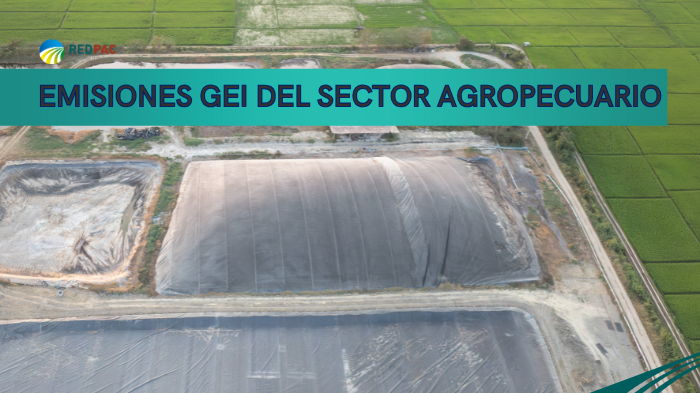
24 de January de 2025
Cambio climático y gestión de recursos naturales
Resiliencia y competitividad
The decline is due to the reduction in fertilizers applied to the soil and the decrease in cattle and sheep herds.
- The decline is due to the reduction in fertilizers applied to the soil and the decrease in cattle and sheep herds.
- Greenhouse gas (GHG) emissions from the agricultural sector represent 12.2% of total national emissions.
20.01.2025 . The Greenhouse Gas Emissions Inventory (GHG) has estimated gross emissions of 275.7 million tonnes of CO2 equivalent (CO2-eq) for 2023, representing a -6.3% decrease in CO2 emissions in 2023 compared to the previous year. Net emissions are estimated at 228.1 million tonnes of CO2-eq, representing a -7.6% decrease compared to net emissions in 2022.
This has been helped by a decrease in GHG emissions from the agricultural sector , which have fallen by 3.6% compared to 2022, thanks to the reduction in fertilizers applied to the soil and the decrease in cattle and sheep herds. Thus, the agricultural sector is responsible for 12.2% of total national emissions, behind the industrial sector (2nd place) and the transport sector (1st place in GHG emissions).
The decrease in emissions in the agricultural sector is due to a double decrease within this field:
- -5.4% of GHGs from crops.
- -3.1% of GHGs from livestock farming.
Rest of sectors
The estimates for the Greenhouse Gas Emissions Inventory are based on statistical data for 2023. This progress estimate shows a decrease in GHG emissions of 18.5 million tons of CO2-eq between 2022 and 2023, due to:
- The reduction in greenhouse gas emissions from electricity generation by 30.7% compared to 2022. This is mainly due to renewable energy (solar photovoltaic, hydroelectric, and wind power are growing, while fossil fuel generation is declining).
- Emission reductions from the manufacturing and construction industries are also estimated.
- Emissions from transport as a whole show a year-on-year change of -0.7%, with road transport (which alone accounts for 30% of the total inventory) declining.
The “Land Use, Land-Use Change and Forestry” (LULUCF) sector is the only one with a CO2 sink effect. LULUCF removals are estimated to show a slight increase of +0.4% for 2023.









